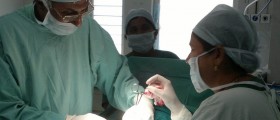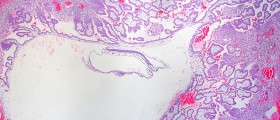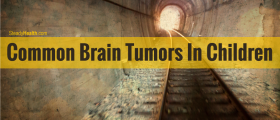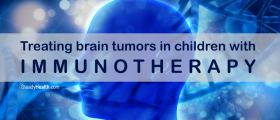
Knowing the anatomy of testicles may help you in understanding the cause of the pain. Testicles are located in the belly before the baby was born and then they move into a sack outside the body where they remain during lifetime. A structure named epididymis is connected to a testicle and lies on top of it. Even though they are outside the abdomen cavity they are connected to it by the spermatic cord.
As for testicular pain there are many reasons but some of them are so severe that impose urgent hospitalisation.
The pain develops differently. As for testicular torsion it occurs rapidly and suddenly, pain caused by epididymitis develops slowly. What is important is that there are additional symptoms that can develop. These include swelling of testicles/scrotum, change of color, patient may feel nausea, have high fever, experience difficulties/pain while urinating, having intercourse or there can be trace of blood in the semen or urine.
Most common causes include trauma (which can lead to testicle rupture), haematocele, testicular torsion (which is urgent state), some infections such as epididymitis, torsion of testicular appendetage. Additionally there can can be other causes such as inguinal hernia, orchitis, neoplasms, kidney stones, and infections or bleeding in abdominal cavity which are extremely rare causes of the condition.
First step for the doctor is to rule out the emergency (testicular torsion or other serious conditions). After that the physician continues with examination of the following body parts: abdomen, testicles, scrotum and finally rectum. Non invasive tests are conducted (complete blood count, analysis of urine and urine swab in case of penile discharge). Additionally imaging methods are required. Those include ultrasonography (to evaluate possibility of rupture, haematocele/pyocele, tumors or hernias). The best way of showing the torsion is to use nuclear scan where patients are injected radioactive die which accumulates less in the testicle in which torsion occurred. This method lasts too long so it is mainly avoided.
After setting the diagnosis the treatment follows. Painkillers are medications of choice to stop the pain. Torsions, inguinal hernia, ruptures, haematocele/pyocele are treated surgically while inflammatory diseases like epididymis/ orchitis require antibiotics. It is not usual for patients to be hospitalized when cases are mild. Patients with tumors are due to continue examinations and are directed to a specialist. Other conditions such as torsion of a testicular appendage or kidney stone require pain managing medications unless there are any complications.
After surgery patients are due to visit their surgeon regularly. Other are due to report any of the symptoms that did not go away, symptoms that are intensified or new ones.
To reduce the risk of getting testicular pain men can pay attention to avoid trauma, have safe sexual life and what is more the mumps vaccination provides the safety from developing orchitis or epididymitis.
As for torsion the most important is to come to doctor on time as the surgery has to start within the limit of time. This is what influences outcome. In this case and in cases of weakened immune system or sepsis the complications can develop.

















Your thoughts on this
Loading...